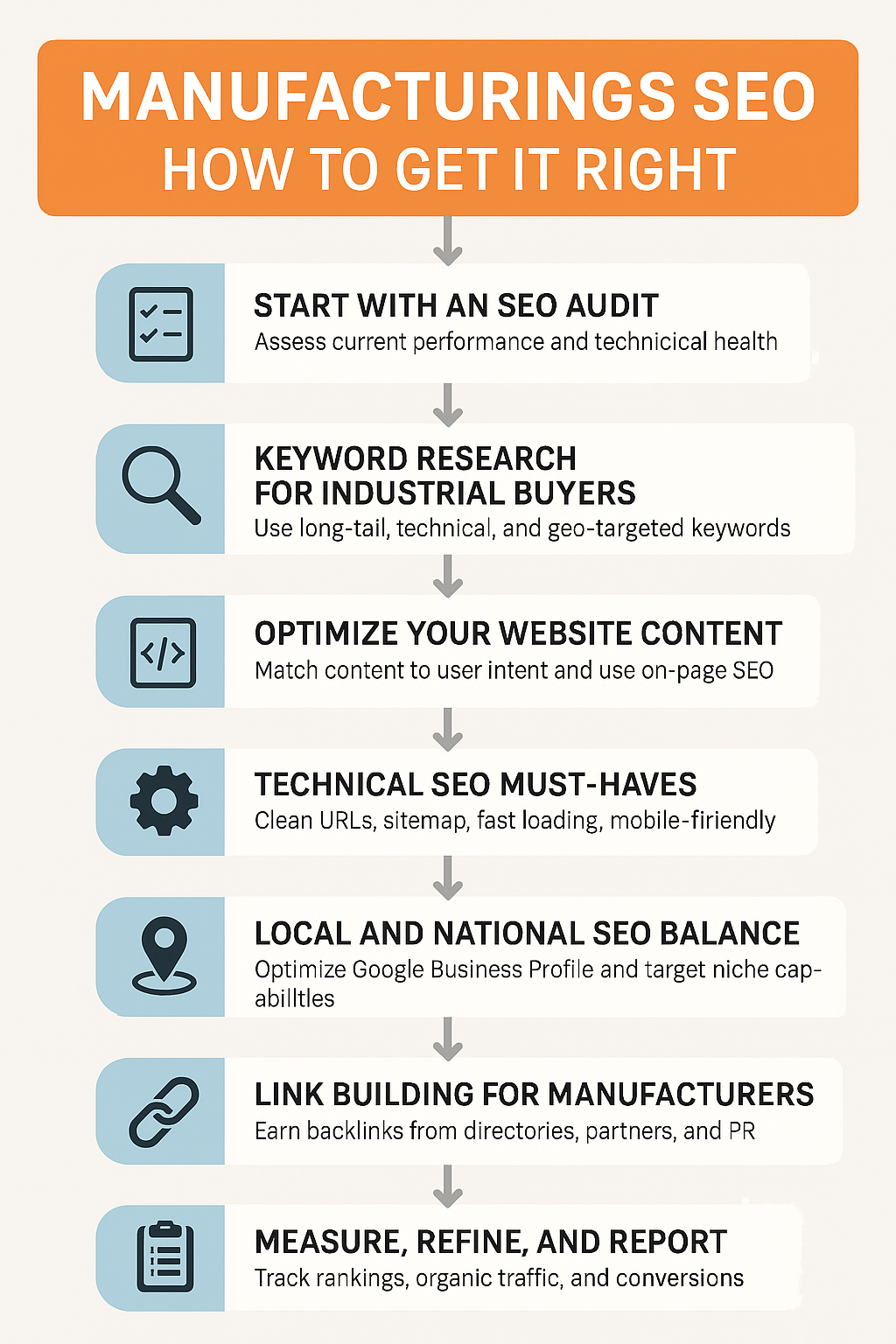Paid search is a great way to target, with very specific criteria, your target market to get more business. With a Pay Per Click campaign you get immediate visibility to a targeted audience and you have complete control of your budget. In addition, you can track every action in order to understand your return on investment. So why wouldn’t you run a PPC campaign?
Well, if you don’t plan and implement your campaign properly, you can end up with confused visitors, or a poor ROI.
Here are the top five mistakes organizations make with paid search:
1) Not Tracking Conversions Properly
A click is not a conversion. So it is important to define, for your business, what a conversion is and then to set up, digitally, a way to track that. For example, if the campaign generates a phone call of more than X seconds, you could define that as a conversion. Or if someone fills out a form and gets to the thank you page, that is a common definition of a conversion.
If you don’t track conversions properly, you probably won’t have a clear idea of your Return on Investment (ROI) which will then lead to misunderstandings about where you should be putting your marketing dollars.
2) Ignoring Negative Keywords
Not using negative keywords allows your ads to appear for unrelated or low-value search queries. This increases your costs without providing a good ROI. We had a client come to us from someone else. The campaign we inherited was a mess with dozens of keywords that should have been negative keywords. This car mechanic shop had many keywords around “auto body” and “auto body repair” none of which applied. Instead of trying to fix the existing campaigns, we had to start fresh because things were so messed up.
Adding negative keywords is an ongoing process too. If you provide a service in Denver and see a search for, for example, “fix my car Dallas Texas”, you need to add that. Even if you have a geo-fenced campaign, Google will sometimes get it wrong – it is up to you to correct it.
3) Poor Ad Copy
Writing the right ad copy is important. If what you write doesn’t align with the audience’s needs, you’ll get a poor Click Through Rate (CTR) which leads of course to a poor conversion rate. Making sure you use compelling Calls to Action (CTA) is also a key part of this puzzle. “Click here” is not good. “Call Now to Get Started” is.
4) Targeting the Wrong Phrases
This can get you in trouble, especially in competitive markets. If you are an independent mortgage broker, we would not recommend going after “refinance” or “refinance my mortgage”. Instead targeting something geographically or demographically limited will narrow your target market, enabling you to spend less on the limited term while getting a better ROI.
5) Poor Landing Pages
Finally, even if you have a great campaign with strong CTAs, a good CTR, are using negative keywords and are tracking conversions, if your landing pages suck, so will your results. Many is the time we have seen campaigns, even from national brands, delivering users to their home page. The expectation seems to be “you can find what you are looking for on your own”. That is a huge mistake. You should always create landing pages that reflect and repeat keywords from the search queries that drove the user to search in the first place. To use our own site as an example, if you searched for “Denver Website Design” and clicked on an ad to our site that took you to our homepage, we’d then expect you to find a link that mentions website design and click on it. It is much more efficient to have an ad that links directly to the website design page, not forcing the user to have to figure out the next step.
Whether you’re looking to optimize your website, engage your audience on social media, boost your email marketing ROI, or look for the right firm to outsource this to, this presentation will provide actionable insights to help you succeed.
If you or your search firm is making any of these mistakes, we are here to help.



